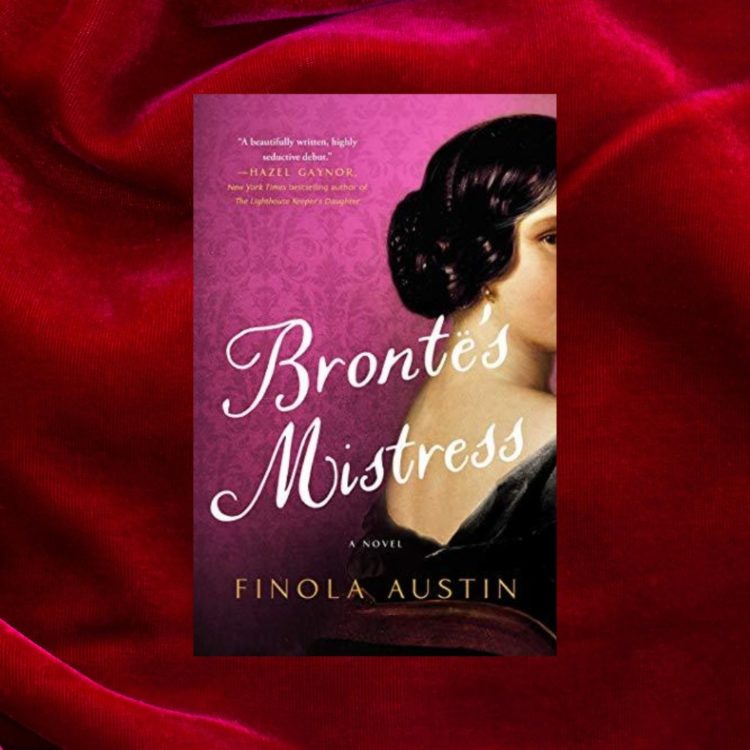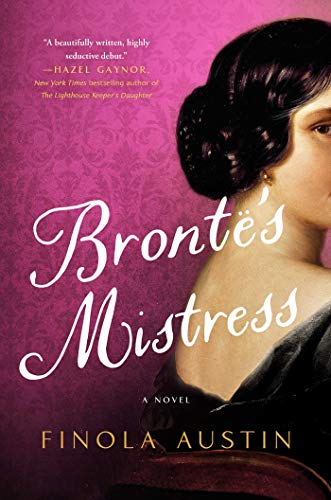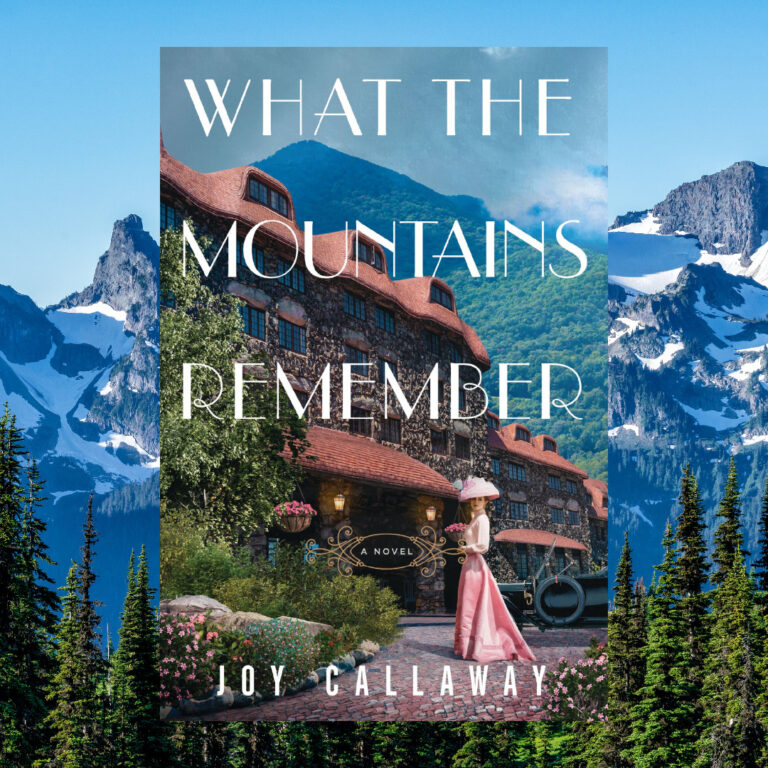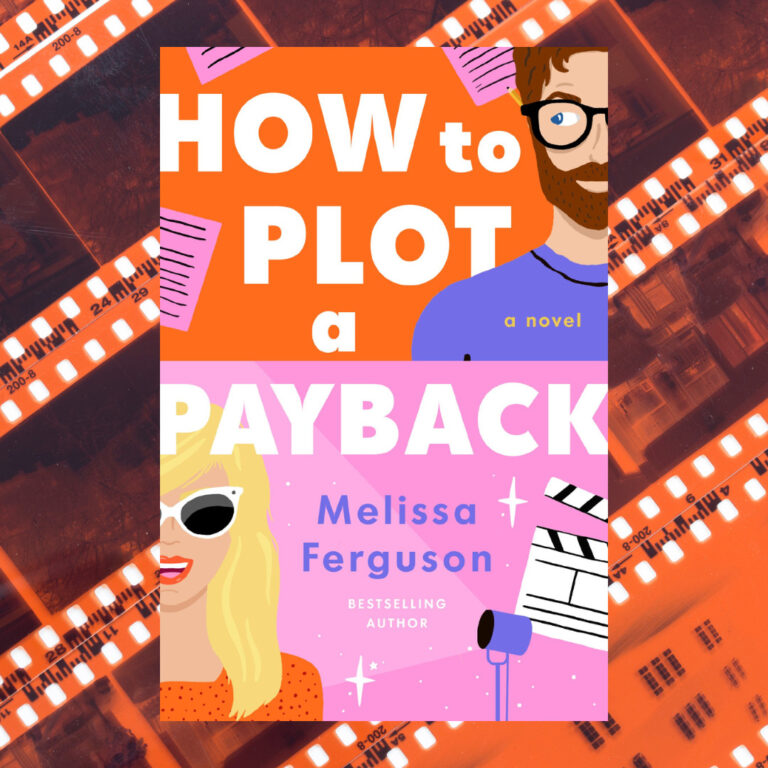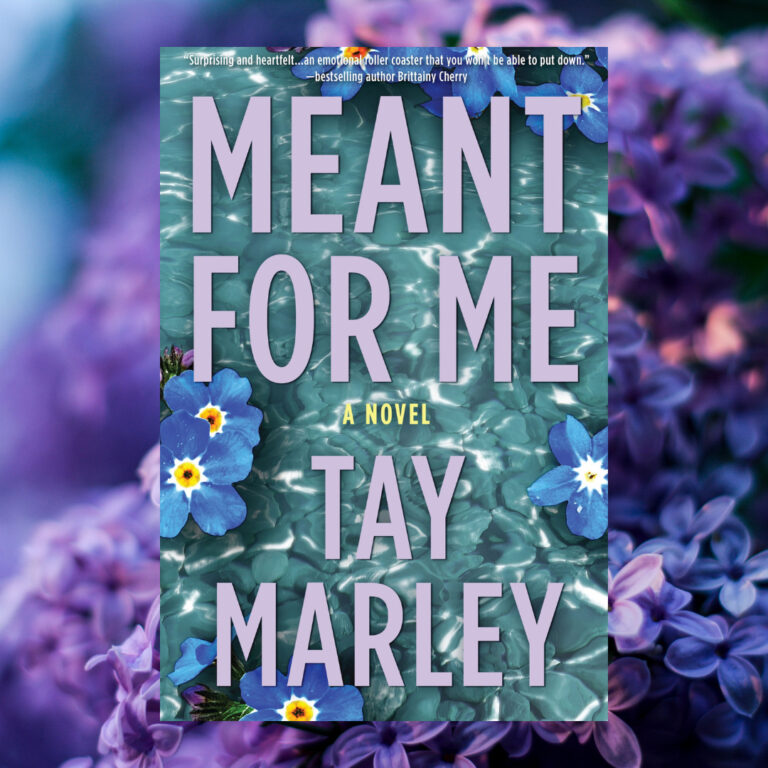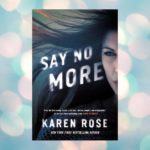I am so excited to bring you an interview between Finola Austin, debut author of Brontë’s Mistress, and Elizabeth Kerri Mahon.
Elizabeth and Finola met in the audience at a reading at Lady Jane’s Salon in NYC in 2018. Lady Jane’s Salon has been doing monthly author readings since 2009. Elizabeth and Finola met again at the Historical Novel Society conference 2019 and discussed their books. Elizabeth was intrigued when Finola told her the premise of Brontë’s Mistress. Many years ago, Elizabeth had done a staged reading of a play about the Brontës, and so she knew about Lydia Robinson. Finola’s book seemed to be a fresh take on the Brontës, and Elizabeth was hooked.
Take it away, Elizabeth and Finola…
Elizabeth Kerri Mahon: This book is a fabulous read. I had heard of Lydia Robinson before thanks to a play called Masterpiece, but I was still constantly surprised by the twists and turns of her life. How did you first learn about Lydia Robinson and what compelled you to write Brontë’s Mistress?
Finola Austin: Thank you! I first learned about Lydia Robinson when I read Elizabeth Gaskell’s The Life of Charlotte Brontë — the first Brontë biography, which did much to establish the so-called “Brontë Myth.” Gaskell’s depiction of Lydia is as a, “profligate woman,” who “tempted” Branwell, the only Brontë brother, into sin. She even makes a point in noting the gender reversal, telling us, “in this case the man became the victim.” Then I read in the notes that Lydia had threatened Gaskell with a libel lawsuit, leading to the claims being retracted. What a story! I just knew I had to find out more about this woman and the rumored love affair.
Elizabeth: Tell us a little bit about your research process. How much did you know about Branwell and Anne Brontë before you started? It must have been something like an archeological dig, searching for clues. What did you find most challenging or exciting about your research?
I was very familiar with the Brontë sisters’ works and pretty familiar with their lives. I have a Master’s degree in nineteenth-century literature and also run a blog called the Secret Victorianist on the culture of the period. But, despite this, my research process was, by necessity, intense.
I did a full year of desk research, rereading Anne’s novels, reading Brontë biographies and devouring every academic article ever written on the Branwell/Lydia affair. I also consulted digitized census records and an amazing resource — the diaries of local man George Whitehead, who detailed the lives of people rich and poor in the area Lydia lived, including numerous references to her family and her servants. I felt like a private detective, or perhaps an obsessive stalker, albeit the people I was investigating were dead. I couldn’t believe how tantalizing all the new details I uncovered were.
After completing a draft of the novel, I also went to to Yorkshire on a research trip, which was an incredible, surreal, and, at times, emotional experience. I saw the graves of people I’d been researching and writing about for two years. I walked the paths Anne Brontë would have. I took tea in the house where one of my characters, Dr. John Crosby, lived.
I also visited the Brontë Parsonage Museum in Haworth and did archival research there. Eighteen business letters from Lydia Robinson survive. I can’t tell you how overwhelming it was to hold them in my hands, read her words and touch her signature, after spending years imagining myself into her mind and giving her a voice.
For those interested in my research process, I included a full Author’s Note in my book, which lays out what’s fiction and what’s fact, and how I uncovered it.
Elizabeth: Brontë’s Mistress is a work of fiction inspired by the true story of Lydia Robinson. How do you navigate the line between fact and fiction? How do you find the right balance for your own work?
Even when it comes to historical figures we know a lot about, like the Brontës, we can never know what someone felt or thought, or what people said to each other, offering a lot of scope to the historical novelist. My guiding light was that everything in Brontë’s Mistress should be something that could have happened. It was like coloring within the lines, given the evidence and clues left for us. Sometimes this approach bordered on insanity. For instance, I rewrote an entire scene because I discovered there had been a new moon on that night, meaning my characters couldn’t have been bathed in moonlight.
Elizabeth: The book brings up the limited options that were open to women in the nineteenth century. Lydia often speaks about how she was raised to marry a man of means, and her life can be seen as a contrast to the Brontë sisters who must go out to earn their living. Women who don’t marry or who fall on hard times were often a burden on their families. How does that play a role in Brontë’s Mistress?
This is a major theme I wanted to explore in the novel. When talking about her daughters, Lydia says, “I would take action and defend them from a woman’s worst fate — to be extraneous and unneeded. Or no, that was not quite the worst — the worst was to be forced to make your own living, like the Miss Brontës.” This is how many women in the period viewed working — as a failure, not as an achievement. Perhaps there are even some women today who still feel the same.
At another moment in the book Lydia tells Anne, “You must choose between being a drudge or a burden,” as these are the only options she believes are open to the governess and her sisters. The irony is, of course, that we know Lydia is wrong. Despite being women of limited means and little beauty in a misogynistic society, the Brontë sisters went on to become three of the most lauded novelists of their age. Lydia’s tragedy is that, despite feeling a natural anger and rebellion against the unfairness of her position in society, she lacks the vision to imagine a world that could be a different way.
Elizabeth: Lydia makes several choices in the novel that might be off-putting to modern readers. How do you grapple with characters and situations that don’t align with our modern values?
If I wanted to write about characters with twenty-first-century values, I would write books set today. For me, writing historical fiction isn’t just about pretty costuming (although I’m definitely not against describing the occasional ballgown!). It’s about understanding people who lived in very different circumstances from the inside out. I hope readers understand why Lydia makes the choices she makes, even if they’re frustrated by them. The vast majority of women in the past were not proto-feminists, demanding the vote and longing to join the workforce. Many, like Lydia, helped perpetrate the system that kept them down. I strongly believe theirs are stories worth telling. Too often we just focus on the heroine, the exception, but does that really help us understand how societies worked in the past or work today?
Elizabeth: Historical fiction is a chance to time-travel a bit into the past but it’s a way to see the present with a fresh perspective. Do you think of historical fiction as a lens for looking afresh at the present?
I think it’s a matter of perspective. Both readers and writers usually focus on the aspects of society in the past, which are of most relevance to our society today. Brontë’s Mistress is simultaneously a response to Victorian gender norms and to an ongoing discourse about gender and women’s sexualities, which is not as dissimilar to that of the ninteenth century as we might think.
But this is not the only issue my book deals with. It was very important to me, for example, that Lydia’s servants were fully formed characters with their own backstories, because I think today’s readers can more readily identify with people who had to work for a living.
Despite the sexist society she lives in, Lydia is also totally oblivious to her privelege as a wealthy white woman. Twenty-first-century readers who read her story won’t be. Lydia talks about supporting the abolition of slavery at a dinner party just to get people to like her. She is absolutely virtue signalling, even if Victorians wouldn’t have used this term. At other points, she compares herself to a slave going to the galleys because she’s forced into attending an awkward luncheon, and boasts about her Indian shawl, oblivious to the colonial economics that have led to her owning this luxury good. These choices of mine were deliberate, because writing about the past does not mean always embracing Victorian ways of thinking.
Elizabeth: Everyone seems to blame Lydia for what happened between her and Branwell, it’s as if she’s a sort of scapegoat for Branwell’s failings. Do you agree?
The sexual double standard was, and unfortunately still is, very real. It is women who often face the most judgment and social ostracization for promiscuity. In this instance, Lydia, of course, is also married whereas Branwell is not. However, women like Lydia Robinson did not have the same options as unhappily married people today. She has no recourse to divorce. She has no property rights. She is essentially as legally dependent as a child. Her husband has stopped sleeping with her. What is she meant to do? Resign herself, at age forty-three, to a sexless existence? I think, if tested, many of us would “fall” under these circumstances.
Another nuance here is that Branwell Brontë was an addict, who became dependent on alcohol and opium. Today, we’re starting to understand that addiction is an illness. We don’t blame those who know addicts in the way that Lydia was blamed for driving Branwell to the bottle. It was important for me to show in the novel that Branwell’s relationship with alcohol predated his relationship with Lydia and was always unhealthy.
Elizabeth: You were born in England, grew up in Northern Ireland and now you live in New York. What is your favorite historical place and why?
I don’t want to play favorites! I have a lot of affection for England and Northern Ireland, as well as for the US, which I’ve chosen to call home.
But, if you made me pick, I would say my Oxford college, Merton College, is my favorite historical place. The college was founded in the 1200s and it was incredible experience to live there for three years. I could really feel (and feel close to) the history. In particular there is one step, which is bowed in the middle, where hundreds of years of students have worn away the stone. I loved pausing every time I passed that spot. However, Merton didn’t admit women students until 1980, so I was also really aware that women academics only had a few decades of Merton history, compared to nearly a millennium of scholarship among men.
In New York City, my favourite place is Green-Wood Cemetery — more people should visit this nineteenth-century gem!
About the Author:
Finola Austin, also known as the Secret Victorianist on her award-winning blog, is an England-born, Northern Ireland-raised, Brooklyn-based historical novelist and lover of the nineteenth century. Brontë’s Mistress is her first novel and was published by Atria Books on August 4, 2020. By day, Finola works in digital advertising.
Connect with Finola:
Website: http://www.finolaaustin.com
Blog: https://www.secretvictorianist.com/
Twitter: http://www.twitter.com/SVictorianist
Facebook: http://www.facebook.com/FinolaAustinWriter
Instagram: http://www.instagram.com/finola_austin
About the Interviewer:
Elizabeth Kerri Mahon is a native New Yorker, actress, and history geek. Her book, Scandalous Women, was released in March 2011 and was an RT Book Review Non-Fiction Pick for April 2011, and Elizabeth was also named RWA NYC’s Author of the Year. A pop-culture diva, Elizabeth has written for The Royal Representative, Heroes and Heartbreakers, Ever After Romance, and Criminal Element. Her next book Pretty Evil New York: True Stories of Mobster Molls, Violent Vixens, and Murderous Matriarchs (Globe Pequot Press) will be out in August of 2021. She has interviewed several fiction and nonfiction authors over the years for her blog Scandalous Women, a popular blog with a growing readership of nearly a million pageviews to date.
Connect with Elizabeth:
Blog: http://scandalouswoman.blogspot.com/
Twitter: https://twitter.com/scandalwomen
Bronte’s Mistress by Fiola Austin, out now!
Yorkshire, 1843: Lydia Robinson — mistress of Thorp Green Hall — has lost her precious young daughter and her mother within the same year. She returns to her bleak home, grief-stricken and unmoored. With her teenage daughters rebelling, her testy mother-in-law scrutinizing her every move, and her marriage grown cold, Lydia is restless and yearning for something more.
All of that changes with the arrival of her son’s tutor, Branwell Brontë, brother of her daughters’ governess, Miss Anne Brontë, and those other writerly sisters, Charlotte and Emily. Branwell has his own demons to contend with — including living up to the ideals of his intelligent family — but his presence is a breath of fresh air for Lydia. Handsome, passionate and uninhibited by social conventions, he’s also twenty-five to her forty-three. A love of poetry, music and theater bring mistress and tutor together, and Branwell’s colorful tales of his sisters’ elaborate playacting and made-up worlds form the backdrop for seduction.
But Lydia’s new taste of passion comes with consequences. As Branwell’s inner turmoil rises to the surface, his behavior grows erratic and dangerous, and whispers of their passionate relationship spout from her servants’ lips, reaching all three protective Brontë sisters. Soon, it falls on Lydia to save not just her reputation, but her way of life, before those clever girls reveal all her secrets in their novels. Unfortunately, she might be too late.
Meticulously researched and deliciously told, Brontë’s Mistress is a captivating reimagining of the scandalous affair that has divided Brontë enthusiasts for generations. It is an illuminating portrait of a courageous, sharp-witted woman who fights to emerge with her dignity intact.
Buy Links:
Amazon | Barnes & Noble | Book Depository | Indiebound | BookBub | Goodreads

